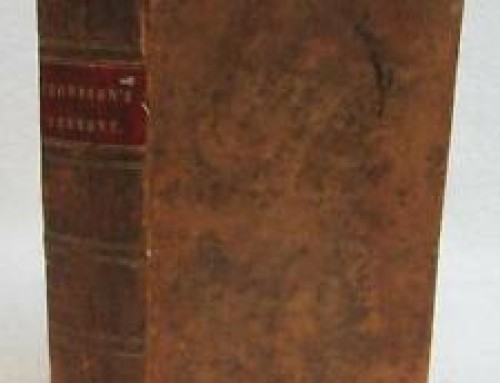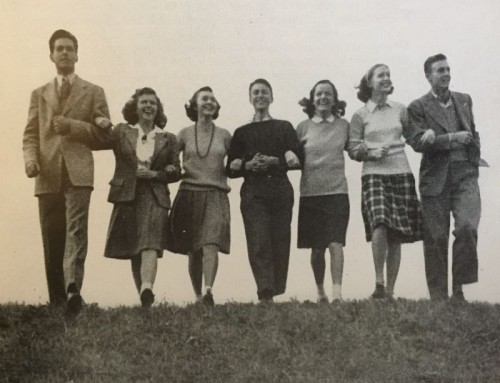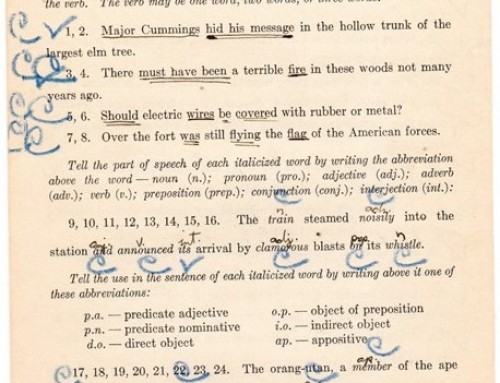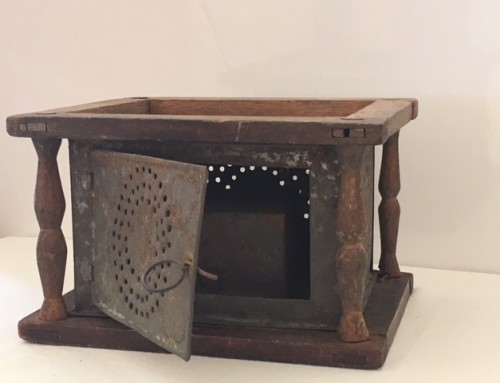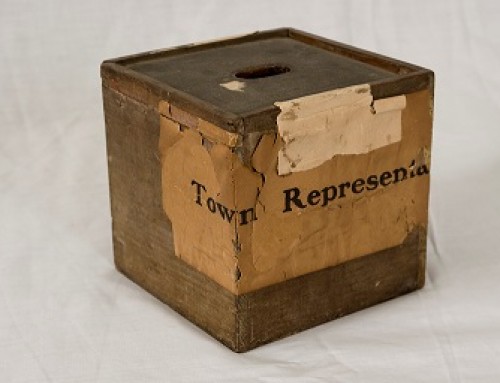
In these days where a phone can instantly capture an image and share it far and wide, it can be difficult to imagine how challenging it was to create photos in the early days of photography.

Before the invention of film, photographic emulsions were made on glass supports and are known today as glass plate negatives. There are two formats—a collodion wet plate and a gelatin dry plate. Both of these formats consist of a light sensitive emulsion that is fixed to the glass plate base with a binder.

Each of these formats requires careful storage and handling. Each plate is stored in a loosely-fitting acid-free paper sleeve or envelope and then stored vertically in special document boxes that minimize any side-to-side movement.
The earliest images we have of Norwich come from glass plate negatives.


Covered bridge over Blood Brook near the present Elm Street bridge, ca. 1899.
Glass plate negatives are just one of the many types of collections at Norwich Historical Society. Each has its own particular storage needs and we strive to provide for the best care of Norwich’s historical treasures. A 2019 volunteer project could be to clean and scan the collection.

